Take your supplements with


GLP-1 Microdosing Schedule: Complete Guide to Dosages (2026)
Hearing stories about side effects like nausea on GLP-1 medications can increase your anxiety before upping your dose.
The good news is a GLP-1 microdosing schedule may help your body adjust slowly by starting with smaller doses than standard protocols recommend.
This guide explains exactly how microdosing GLP-1 works, what schedules look like for different medications, and whether this gentler approach fits your weight loss journey.
You'll learn practical dosing strategies backed by evidence and real experiences from people who've successfully used this method.
What Is a GLP-1 Microdosing Schedule?
A GLP-1 microdosing schedule means starting at doses lower than typical clinical guidelines and progressing more slowly than standard treatment plans.
This approach exists because GLP-1 receptor agonists may trigger uncomfortable digestive symptoms for some patients who aren’t used to them. Starting small may give your system time to adapt.
Dosing frequency varies by individual need. Some people take subcutaneous injections twice weekly instead of once, while others stick to weekly dosing but at lower amounts.
The goal is smoother acclimation with fewer side effects that might make you quit treatment entirely.
Slower dose adjustments reduce discontinuation rates among patients starting obesity medication.
Semaglutide Microdosing Schedule Example Guidelines
Standard semaglutide dosage protocols start at 0.25 mg weekly for four weeks before increasing.
With microdosing semaglutide, you might begin at 0.125-0.25 mg and stay there for 4-8 weeks, depending on how you feel.
Here's what a gentler progression may look like:
- Week 1-4: 0.125-0.25 mg weekly (optional: split into two injections)
- Week 5-8: 0.25-0.5 mg weekly (optional: split into two injections)
- Week 9-12: 0.5-0.75 mg weekly (optional: split into two injections)
- Week 13+: Continue gradual increases as tolerated
This slower titration helps reduce nausea, fatigue, and GI issues significantly. Some people on compounded GLP-1s split their weekly dose into two smaller injections for even steadier blood sugar control.
Side Note: Understanding proper GLP-1 injection technique matters just as much as your schedule for the best results.
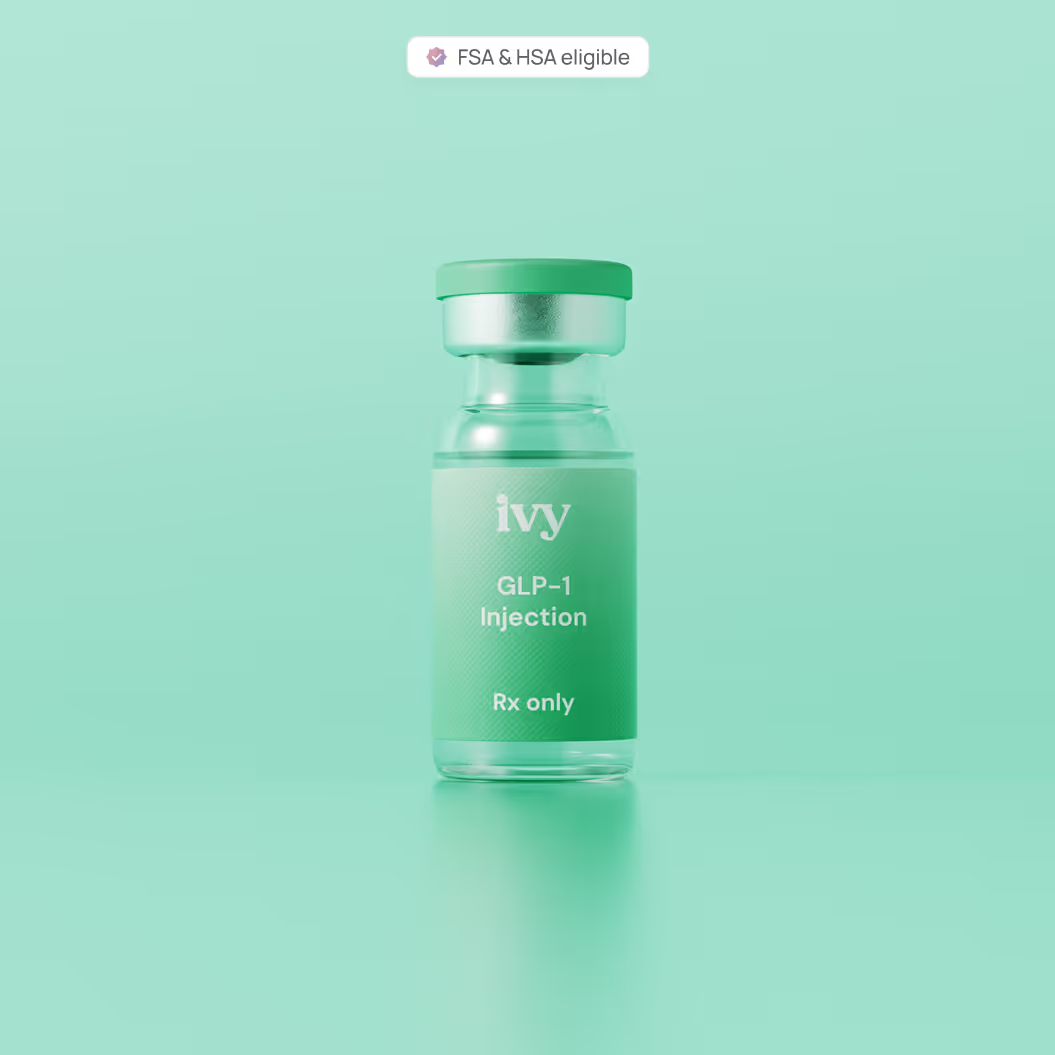
Example Tirzepatide Microdosing Schedule
Tirzepatide's dual mechanism (it activates both GIP and GLP-1 hormone receptors) means some patients need even more gradual escalation.
Microdosing tirzepatide may help with early fatigue or appetite swings that feel too dramatic.
A gentler approach looks like this:
- Week 1-4: 1.25-2.5 mg weekly (optional: split into two injections)
- Week 5-8: 2.5-5 mg weekly (optional: split into two injections)
- Week 9-12: 5-7.5 mg weekly (optional: split into two injections)
- Week 13+: Progress toward maintenance dose based on response
The approved dosing starts at 2.5 mg, but clinical oversight may support starting lower for sensitive individuals.
Find your ideal GLP-1 injections starting point with medical providers who adjust dosing based on your feedback
Example Retatrutide Microdosing Schedule
Retatrutide is not FDA-approved and remains available only through clinical trial programs currently. This triple-action medication affects GLP-1, GIP, and glucagon receptors simultaneously.
Because of its unique mechanism, microdosing program participants may follow these potential dosing patterns (official guidelines to be confirmed when clinical trial is concluded):
- Week 1-4: 1-2 mg weekly
- Week 5-8: 2-4 mg weekly
- Week 9-12: 4-8 mg weekly
- Week 13+: Adjust based on metabolic health markers
If you're curious about how this GLP treatment compares to other options, read about retatrutide vs. tirzepatide differences in mechanisms and availability.
How to Know When to Increase Your Microdose
Timing your dose increases correctly prevents unnecessary side effects while ensuring progress toward your goals.
- You're ready to increase when you experience minimal symptoms for 1-2 weeks at your current dose.
- Signs you can move up include stable energy levels, no significant nausea, and consistent appetite suppression without discomfort.
- Your blood sugar management should feel steady, not erratic.
- Track these indicators: food noise reduction, sustained energy through the week, and comfortable digestion after meals.
If you've plateaued but feel great, staying at your current dose might be perfect for weight management rather than pushing higher.
Who Might Benefit From GLP-1 Microdosing?
Certain groups may find microdosing GLP-1 particularly valuable for achieving results while maintaining comfort.
Consider this approach if you fall into these categories:
- Patients highly sensitive to GI side effects who experience severe nausea at standard doses
- Those who've discontinued GLP-1 medications early because tolerability felt impossible
- Individuals new to injectables feeling anxious about side effects from social media stories
- People seeking more gradual, personalized care in their weight loss progress
- Anyone with a health history of digestive sensitivity or metabolic dysregulation
- Patients who need to maintain work performance without significant fatigue during titration
If past attempts at weight management failed due to intolerable symptoms, this gentler approach might change your experience to a more positive one.
Real World Experiences and Doses of People Microdosing GLP-1s
These experiences show what's possible, not what you should copy without clinical oversight:
Gradual Weight Loss Success
One Reddit user working with a provider on microdosed GLP-1 medications reported losing seven pounds in three weeks with minimal side effects.
Her schedule started lower than typical protocols and progressed based on weekly check-ins with her care team.

She emphasized feeling relieved that subcutaneous injections didn't trigger the dramatic symptoms she'd feared from others' experiences.
Non-Weight Health Benefits
Another user maintained microdosing tirzepatide for one year at ideal body weight, seeking benefits beyond weight loss.
Within two weeks on a microdose, bloating disappeared completely, sleep apnea improved dramatically, and blood sugar regulation optimized.
Over time, cardiovascular biomarkers improved, renal function remained excellent, and fat mass decreased while maintaining muscle.

Their experience highlights how GLP-1 RAs support metabolic health beyond simple weight management goals.
Safety Considerations Before Starting a Microdosing Schedule
Understanding potential limitations helps you make informed decisions about whether microdosing GLP-1 fits your situation.
Risk of Underdosing and Reduced Efficacy
Taking doses too low for too long might not activate insulin sensitivity improvements or appetite suppression adequately.
You could spend months without meaningful progress toward your weight loss goal if dosing stays subtherapeutic.
This doesn't mean microdosing doesn't work. You just need personalized coaching to find your sweet spot between comfort and effectiveness. Your provider tracks oxidative stress markers and other indicators through lab work to ensure your dose creates positive change.
Extended Timeline to Results
Microdosing tips warn that reaching therapeutic doses takes significantly longer than standard protocols. If you need rapid weight loss for upcoming surgery or urgent health reasons, this approach might not suit your timeline.
But the tradeoff often means better adherence because you're not fighting severe side effects that derail treatment entirely.
Concerns about compounded GLP-1s safety are valid and worth discussing with your provider.
Lack of Standardized Protocols
Your dosing strategies depend heavily on your prescriber's experience with compounded GLP-1s and willingness to customize. This variability means you need a knowledgeable care team experienced in obesity medicine rather than someone following rigid protocols.
Telehealth services that offer personalized care with frequent check-ins work better than set-it-and-forget-it approaches.
Some patients find their GLP-1 treatment stops working effectively if dosing stays too conservative for too long.
Quick Fact: Microdosing doesn't mean skipping titration. It's a slower, medically guided approach to reaching therapeutic doses that work for your body.
Get Your Personalized GLP-1 Plan with IvyRx
You don't have to choose between results and comfort when personalized care adapts to your needs. Ivy Rx offers personalized GLP-1 injections at transparent pricing with 24/7 access to licensed providers who adjust your treatment plans anytime.
Your dosing strategies evolve based on your feedback, health history, and progress toward goals.
Start your personalized weight loss plan today with providers who prioritize your comfort as much as your results.


Ivy RX patients
Members of Ivy RX branded medications were paid for their testimonials.
Related
articles
.jpg)
GLP-1 Microdosing Schedule: Complete Guide to Dosages (2026)
Your 2026 GLP-1 microdosing schedule overview, including dosage concepts, safety considerations, and guidance to support informed medical discussions.

13 Benefits of Microdosing GLP-1 (Is it Really Better?)
Curious about microdosing GLP-1? Learn what it is, potential benefits, how it works, and if smaller, personalized doses can improve results and reduce side effects.

Strive Pharmacy Semaglutide: User Reviews, Cost, & Legitimacy Guide
See Strive Pharmacy Semaglutide’s real costs, side effects, and whether real customers are satisfied…

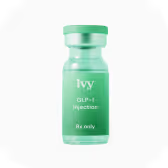





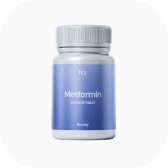

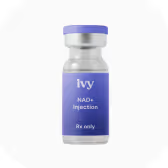


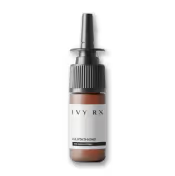
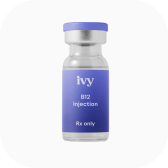
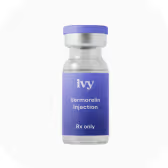

.png)

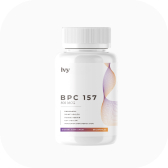




.png)


